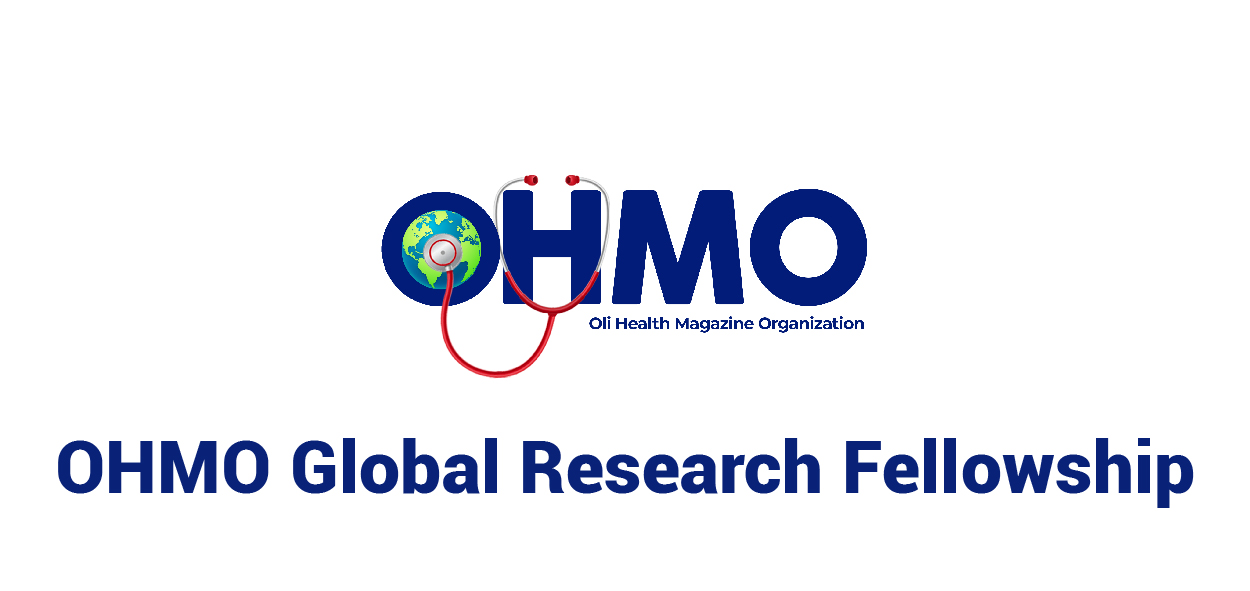THE IMPORTANCE OF COLOSTRUM AS OPPOSED TO FORMULA-FED MILK
How can new-borns get the immune support they need? How can they adapt better to life in the outside world after they leave their mothers’ womb? Which approach would be most suited to enable them bask in health as they grow? How can they be prevented from dying before they start to count their ages in years? Cute clothes, shelter would surely help but there exists no other way than proper nutrition. And, to the question on how to provide them with proper nutrition, the solution lies in offering infants COLOSTRUM (also called liquid gold) in their first week of life and adopting exclusive breastfeeding for infants up to their 6th month of life.
Colostrum is the first form of breastmilk produced by the mammary glands of mothers immediately following delivery of their new-borns (1). Some mothers begin to observe colostrum secretions even before birth of their babies, though the bulk of colostrum secretions begin after birth and continues until about 3-5 days after the babies are born. Transitional milk, another form of breastmilk is produced from the fifth day to the fourteenth day after which mature milk the third form of breastmilk is then produced until the child is weaned (2).
Colostrum differs from other forms of breastmilk. Physically, it is thicker, sticky and has a yellow or orange colour (giving it the name liquid gold). It also contains higher level of antibodies and white blood cells, vitamins A, E and k than other forms.
Formula-fed milk is a manufactured food designed and marketed for feeding babies and infants under 12months of age (3). The use of formula-fed milk for infants has been in existence since 1865 with its use corresponding to a decrease in the use of wet nurses and dry nursing. The use of formula-fed milk for infants has prospered on grounds that infant formula is a simulation of human breast milk, a substitute for human breast milk and poor knowledge on the effects of colostrum and breastfeeding.
The one size fits all approach of formula milk to completely substitute for the different forms of breastmilk is not generally false but it is not totally beneficial in ensuring infants are properly nourished. The World Health Organization (WHO) recommend exclusive breastfeeding (i.e. the use of only breastmilk) for the first six months in the life of infants (4). This view of WHO on breastfeeding agrees with the opinions of other experts, researchers and numerous researches on the best way to adequately nourish infants. Infants require colostrum in their first 3-5days and due to the inability of formula-fed milk to adequately nurture infants in this period, its use in this period of their growth and even up to the first 6 months in the life of infants has been discouraged by WHO and others (though exceptions in certain extreme scenarios are accepted).
The inability of the one-size fits all approach of colostrum to completely cater for the nutritional needs of these infants especially in their first week can be understood by observing the composition of colostrum which superiorly distinct colostrum from formula milk.
In addition to the concentrated amount of protein and carbohydrates it contains, colostrum has been known to contain a staggering amount of both antibodies ranging from IgA, IgM to IgG and leucocytes. Antibodies and leucocytes play a very important role in the ability of humans to mount immune response and fight off pathogens and their infections. This is very essential in young babies who lack the ability to mount the appropriate level of immune response often required, solely on their own. Secretory immunoglobulin A, which makes up a large amount of the antibodies present in colostrum helps protect the mucus membranes of the young babies (5).
Colostrum has a mild laxative effect, which facilitates the desired excretion of meconium (the dark sticky earliest stool of new-borns, composed of materials they ingested in the uterus (6)) and bilirubin by new-borns (5). New-borns have a high number of red blood cells which need to be broken down regularly. This breakdown yields high levels of iron and bilirubin and since their livers are not fully developed to process the bilirubin, this can lead to the accumulation of bilirubin which results in jaundice.
Colostrum has a similar make-up to amniotic fluid which babies swim in while they are in the uterus and often swallow, this makes for a smooth transition of the new-borns to the outside world. Colostrum also contains prebiotics which promote the growth of ‘good bacteria’ in the immature gut of the baby (5).
In all its bid and dream to simulate the effect of colostrum on new-borns, formula-fed milk has tried but has not been able to sufficiently incorporate the effects of colostrum on infants. Furthermore, the use of formula-fed milk has been characterized by difficulties in the ability of regulatory agencies to sufficiently regulate the production of the different brands of these formula-fed milk. This has exposed infants to numerous health risks in the past due to poor production practices and very great concerns about the safety of these products.
The use of formula-fed milk as a means of providing nutrition to infants, coupled with the degree of nutrition they provide remains a remarkable approach (a lifesaver in cases where breastfeeding is unavoidably discouraged). Regardless, the ability of formula-fed milk to completely compensate for breastmilk especially colostrum in that first week of an infant’s life remains a far-fetched claim. Only colostrum can adequately cater for infants giving them the nourishment the require in those few precious early days after their birth.
References
(1) Wikepedia.org. Colostrum. Available from https://en.m.wikepedia.org/wiki/Colostrum [Accessed August 1,2020]
(2) Healthychildren.org. How Your Body Prepares For Breastfeeding. Available from https://www.healthychildren.org/English/ages-stages/prenatal/delivery-beyound/pages/How-Your -Body -Prepares-For-Breastfeeding.aspx [Accessed August 1,2020]
(3) Wikepedia.org. Infant formula. Available from https://en.m.wikepedia.org/wiki/Infant_formula [Accessed August 4,2020]
(4) World Health Organization. Infant and Young Child feeding. Available from https://www.who.int/news-room/fact-sheets/detail/infant-and -young-child-feeding [Accessed August 4,2020]
(5) Medela. Why is colostrum so important. Available from https://www.mendela.com/breastfeeding/mums-jorney/colostrum [Accessed August 4,2020]
(6) wikepedia.org. Meconium. Available from https://en.m.wikepedia.org/wiki/Meconium [Accessed August 4,2020]
Writer: OPARA FRANKLYN. C., UNIVERSITY OF ILORIN




0 Comment